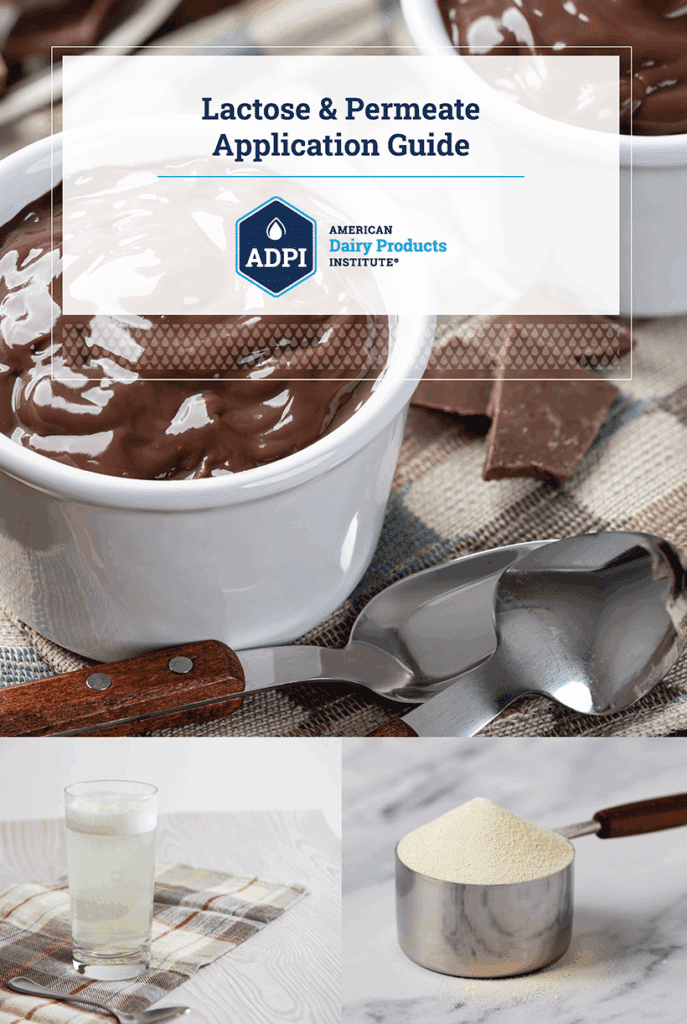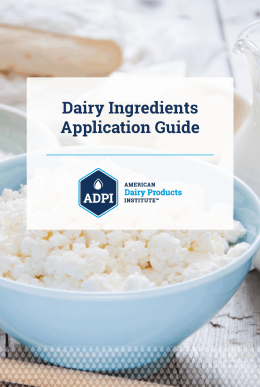
Applications & Uses of Dairy Ingredients
Using Dairy Ingredients in Food & Beverage Production
In a world of options, dry dairy ingredients, including whey proteins, milk proteins, caseins, and carbohydrate-rich dairy ingredients are proven effective to deliver nutritious, clean-label functionality in a multitude of food and beverage applications. Milk and whey ingredients are used in a wide variety of food products including dairy products, baked products, confections, soups, sauces, infant formula, processed meats, prepared foods, and beverages.
Review the slides below and download our Application Guide to find out more about how dairy ingredients can meet your needs in bakery, ready-to-mix beverages, whipped toppings and more!

Use by Food Application
Scroll through the following slides to see how dried dairy ingredients perform in various food application categories. Selecting the right dairy ingredient for your application can be confusing because many milk and whey ingredients have a similar composition, for example nonfat dry milk (NDM) and whey protein concentrate 34 (WPC34). Even though the protein content is about the same, NDM consists of roughly 80% casein and 20% whey protein, while WPC34 is all whey protein. Often the choice is made based on price, but comparing the differences in functionality is probably the most important method of selection.

- DMB............... Dry Buttermilk
- MPC............... Milk Protein Concentrate
- MPI................ Milk Protein Isolate
- MW................ Milk Whey Powder, includes Milk Whey Protein Concentrates (mWPCs) and Milk Whey Protein Isolate (mWPI)
- NFDM/SMP... Nonfat Dry Milk/Skimmed Milk Powder
- RM Whey...... Reduced Minerals Whey
- WMP..............Whole Milk Powder
- WPC............. Whey Protein Concentrate
- WPI...............Whey Protein Isolate
- WPPC...........Whey Protein Phospholipid Concentrate
(1) Acid and Rennet caseinProtein in milk that precipitates at pH 4.6. More are not soluble in water and need emulsifying saltsEmulsifying salts are used in the manufacture of pasteurized process cheeses (PPC), PPC foods, PPC spreads and PPC products. They enable homogeneous mixing of fat and water into a stable structure, improving melting, slicing and spreading properties. Emulsifying salts include a variety of sodium and potassium based products (e.g., sodium citrate, sodium phosphate, potassium phosphate, etc.)
More to improve their ability to bind water and emulsify.
(2) Instantized versions of milk and whey proteinProtein in milk that remains in water phase after casein precipitates. More ingredients are recommended for better dispersibility.



